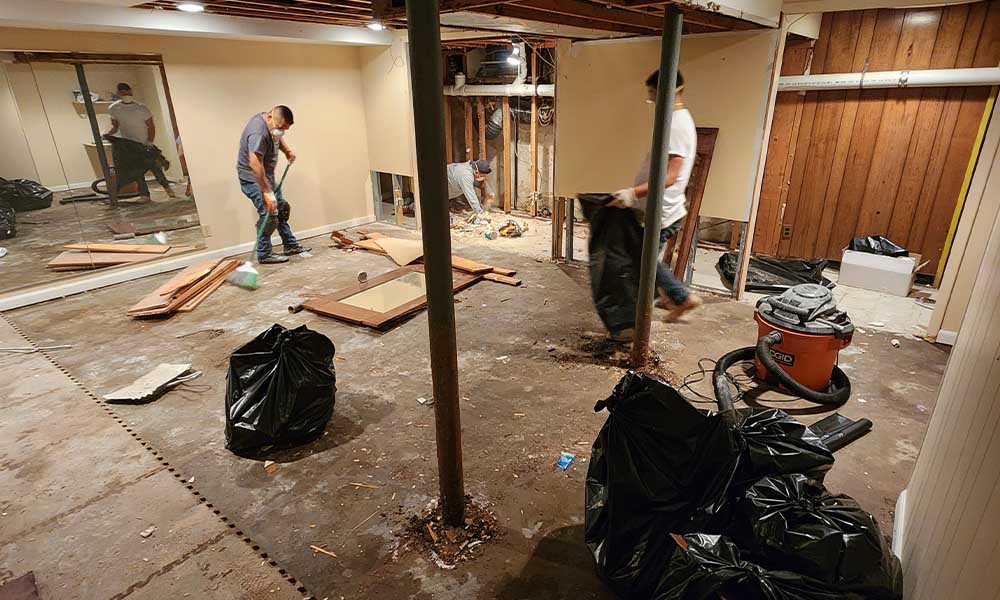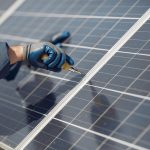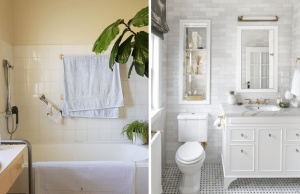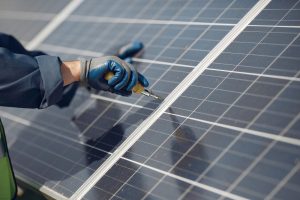
Water damage can strike unexpectedly, leaving homeowners with a stressful situation that requires immediate attention. Water damage from burst pipes, flooding, or roof leaks can cause structural damage, mold development, and costly repairs if not addressed immediately. A well-planned approach can reduce damage and speed up home restoration. Follow these measures for a fast and efficient recovery.
Prioritize Safety First
Safety is the most important stage in water damage cleanup. Water can cause electrical problems, structural instability, and pollution. If the damage is extensive, it’s best to turn off the power supply and avoid entering affected areas until professionals assess the situation. Standing water may also contain harmful bacteria or chemicals, so wearing protective gear like gloves and boots is advisable.
Detect the Water Source and Cut It Off
Water flow must be stopped to prevent further damage. Turn off the main water supply if a pipe bursts. Water entry sites can be blocked and sandbags used to reduce flooding. Early detection of the problem can reduce water penetration and home damage.
Remove Standing Water Quickly
Water can do greater harm the longer it sits. Removing standing water as soon as possible helps prevent further structural issues and mold growth. Using a wet vacuum, pumps, or buckets can help extract water from affected areas. Professional water damage restoration in Charlotte services have high-powered equipment designed to remove water efficiently and speed up the drying process.
Dry and Dehumidify Affected Areas
Once excess water is removed, drying out the space is the next critical step. Fans, dehumidifiers, and open windows can improve airflow and help remove moisture from walls, flooring, and furniture. Proper drying inhibits mold spores from growing 24–48 hours after water exposure. Professionals employ industrial-grade drying equipment to remove all moisture.

Remove and Salvage Items
Appliances, furniture, and personal items can all sustain serious harm from water. Items that are extensively soaked, such as carpets, insulation, and upholstered furniture, may need to be discarded. However, certain items, like wooden furniture and important documents, may be salvageable if dried and treated properly. Professionals use specialized techniques to restore valuable items affected by water damage.
Clean and Sanitize the Area
Standing water can introduce bacteria, mold, and other harmful microorganisms into your home. After drying the affected space, it’s essential to clean and disinfect surfaces to eliminate health hazards. Using antimicrobial solutions and specialized cleaning agents can help prevent mold growth and restore a safe living environment.
Inspect for Structural Damage
Water exposure can weaken walls, ceilings, and floors, leading to serious structural problems. A thorough inspection of the property is necessary to identify any damage that needs repairs. Professionals check for weakened drywall, compromised support beams, and cracks in the foundation to ensure your home remains safe and stable.
Repair and Restore the Property
Repairs range from little tweaks to large renovations, depending on the damage. Repairing drywall, painting walls, and installing new flooring may be needed. Hire water damage restoration experts to do the job safely and efficiently.
Prevent Future Water Damage
After your house has been restored, you can lower the chance of more water damage by following precautions. Regularly inspecting plumbing systems, ensuring proper drainage around the property, and maintaining gutters and roofing can prevent unexpected water intrusion. Installing water leak detectors and sump pumps can also provide early warnings and protection.
Final Thoughts
Water damage can be overwhelming, but a swift and effective response can significantly reduce the long-term effects on your property. Acting quickly, using professional water damage restoration in Charlotte services, and implementing preventative measures can help protect your home and restore it to its original condition. Homeowners can minimize delays and handle water damage recovery with confidence by adhering to these crucial procedures.








